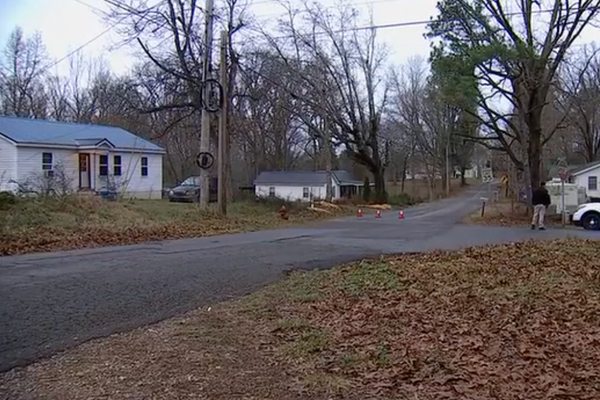
An unfortunate incident in Majdal Shams, a Druze town in the Israeli-occupied Golan Heights, has brought the Druze community into the spotlight. The Druze, a small religious minority, have a rich history and a complex identity that spans across Israel, Lebanon, and Syria.
The Druze religious sect originated as a branch of Shiite Islam in the 10th century. With just one million members worldwide, the majority reside in Syria, Lebanon, Israel, and the Golan Heights. Despite being separated by borders, the Druze community has maintained connections while navigating different paths to preserve their existence.
In Lebanon and Syria, Druze have embraced Arab nationalism and supported the Palestinian cause. In contrast, Druze in Israel are known for their loyalty to the state, with many serving in the military, including combat roles. The Druze in the Golan Heights face the challenge of balancing their Syrian identity under Israeli occupation.












Recent tragic events, such as the rocket strike in Majdal Shams that claimed the lives of 12 children and teens, have highlighted the unity and grief shared by the Druze community. Israeli politicians have expressed solidarity with the affected families, emphasizing the strong bond between Israel and the Druze.
Despite differences in allegiance and identity, the Druze communities maintain close ties and support each other on humanitarian issues. The recent escalation of tensions in the region, particularly between Israel, Hezbollah, and Iran, has raised concerns among the Druze about the potential for further divisions and bloodshed.
As the Druze community mourns the loss of innocent lives and calls for an end to violence, the need for unity and peace in the region becomes more urgent than ever.







